Meet an Educator is a monthly series by Early Bird, where we feature the work of educators across India who are actively spreading the joy of birds and nature. This month’s featured educator is Ashwin Baindur, a nature educator from Pune and mentor and founder of The Painted Storks Nature Club for children.
Do tell us about yourself, where you are from, and your work
I am a mentor and founder of The Painted Storks Nature Club for children in Pune. A retired army officer, my journey into nature began through birdwatching in 7th standard at school in Ambarnath and continued through my college, National Defence Academy, Indian Military Academy days and military life. I began taking my army friends’ children around for birdwatching in 1993, and ran my nature club in Mhow, Wellington, Pune, and Kolkata till 2017, after which my health and COVID-19 forced us to function only online.
I take the children of my locality to zoos, gardens, neighbourhood wild patches, wetlands, etc., and to museums, botanical gardens, heritage sites, etc. I have been a birdwatcher, butterfly-enthusiast, trekker, mountaineer (to Nanda Devi 1993), museum director, Wikipedian, blogger, biodiversity and science educator to children. Our club still functions on WhatsApp and will soon resume physical activities in Pune.
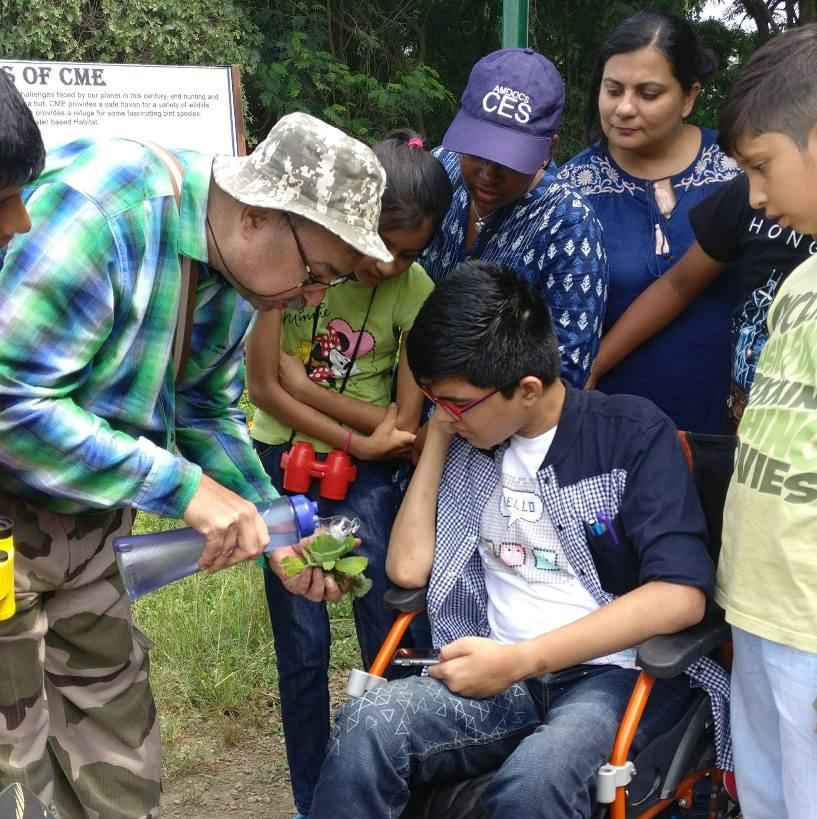
“Ashwin Uncle” showing that water cannot wet the surface of the water cabbage, a floating plant, to a differently-abled young club member. (Note: Permission taken from parent of the child). Photo credits: Amita Baindur
What excites you about the natural world?
Everything does actually. I have been to large sanctuaries and seen iconic wildlife, such as tiger, elephant, rhino, hangul, black bear, musk deer, bharal, serow and barasingha, yet seeing small and common place biodiversity gives me pleasure, because it happens so often. Just yesterday, I saw a bandicoot in my society while returning late at night. As an illustrative, please see my post about “The Secret Garden”.
One thing that excites me tremendously is helping children discover the ecological linkages in our surroundings. We had a lovely wetland in the College of Military Engineering, and my club members walked around the lake, observing, trying to guess what is happening, and fit it all into a big picture — discover the water sources for the lake, where and how the lake gets its nutrients, how it supports various kinds of fish, the sustainable pisciculture practices of the College, the feeding guilds of the birds, how the local animals use the lake, the residents and the migrants, the flora associated with the lake shore-floating and underwater, etc. We learned how the ebb of life and activities change in our surroundings from day to night and as per the seasons.
When and how did you get interested in bird/nature education?
I grew up in rustic Ambarnath (near Bombay) at my aunt’s in the early 70s. We had a large bat-roost and heronry behind our house. My cousin, who was in engineering college, would take us birdwatching and trekking every vacation. I attended Garware College, Pune, where my botany teacher Dr Hemlata Sane invoked my interest in plants. Shri Thomas Gay, an Englishman who stayed behind, aroused my interest in butterflies.
Next was NDA Khadakwasla, where I roamed freely around its wild campus full of chital, langur, wild boar, birds, and butterflies. Later, I went to the Indian Military Academy in Dehradun, which gave me access to the Himalayas and the Siwaliks. As an officer, I was posted to many forward areas where I observed nature and wildlife. I am most fortunate that my spouse, Amita, shares my interests and values, and has been on many trips with me.
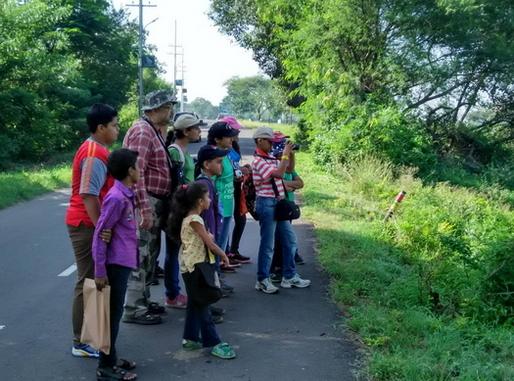
What do you hope to achieve through your education work?
I hope to get my club children to feel a bond with the Earth. To be close to nature; to observe, and not just to see. To be thinking individuals who are not afraid to speak up and ask questions. I want them to learn about the local biodiversity, to not be afraid of it, to have the right attitudes towards it. I want them to be able to find help for identification, to understand natural phenomena, to understand how matters can be complex, and understand how things are related.
I don’t dumb matters so that “children can understand”. I plunge them into matters much beyond what normal people consider children’s level, in simple language with examples they can understand; they learn that it is okay not to understand things the first time, and how to handle difficult topics like climate change and genomic taxonomy.
I believe children starve for input, their minds can grow and stretch to understand stuff way beyond what they normally encounter. I hope to develop their curiosity, appreciate the scientific method, rationalism, truth, humanism, and concern for our living planet and Mother Nature. That they are active participants in this world and can make a difference.
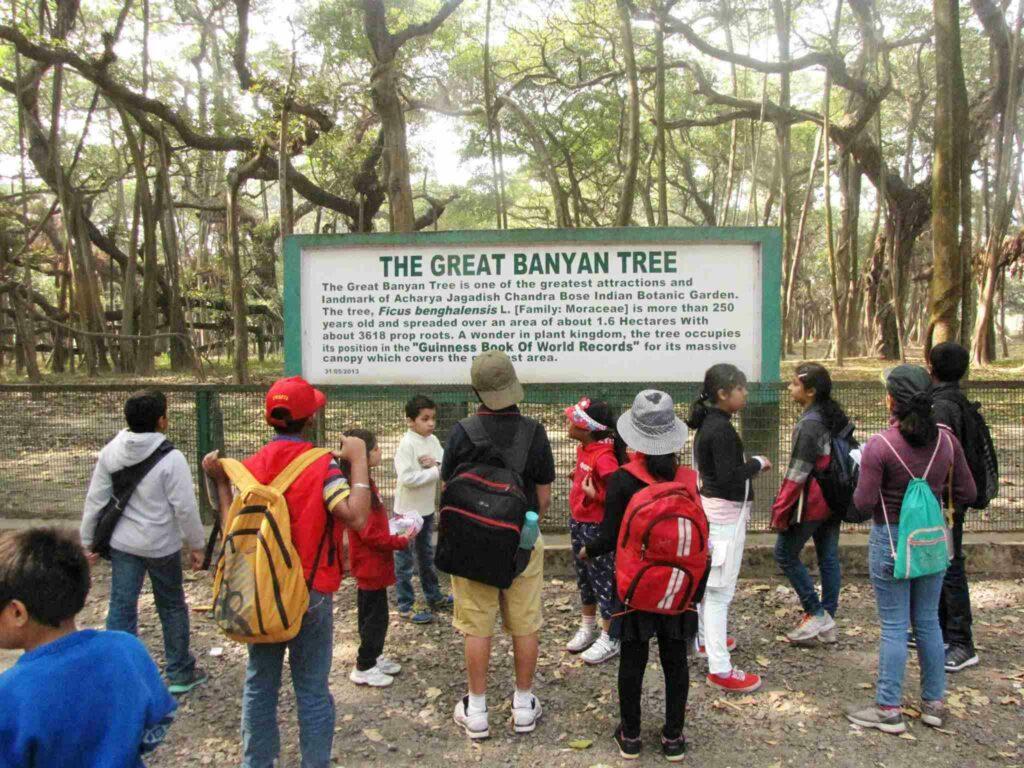
Why do you believe it is important for children to learn about birds or connect with nature?
Today’s children are deeply disconnected with nature. A child in my society could not recognise a sound and asked me; it was a frog calling. Kids from well-off families get isolated from nature due to their circumstances and lifestyle; those from poor families struggle hard to survive and often do not get the time or opportunity to experience nature. I feel that it is important for them to learn about nature first hand, not only through the television and the internet, but with their own eyes, ears, hands and other senses.
When children begin connecting with their surroundings, they feel it instinctively. This opens up their minds. They begin to see things differently. They learn connection, understanding, and patience. They calm down and feel good. Their wellness improves. Interacting with nature makes them kinder and empathic. They begin to love their surroundings, especially the outdoors, which is no longer a foreboding unknown, but an exciting place, full of interesting things and input.
Curiosity about nature and biodiversity, asking questions and seeking answers makes them creative, thinking individuals. They develop a love for nature and their environment. This affects their outlooks as adults and even the paths they choose in life.
What tools or resources have helped you in teaching about birds? Can you describe an approach that has worked exceptionally well for you?
Earlier, the club went on local field trips to wild areas in the neighbourhood, gardens, zoos, museums, botanical parks, and wetlands. We had parents, mentors and well-wishers come along. Children are taught to dress and equip themselves for an outing-jeans, sturdy shoes, full sleeves, hap, haversack, tiffin, water-bottle, notebook, pen, crayons, black plastic bag for trash, etc.
We use binoculars, notebooks, field guides, flash cards, roll-able charts, butterfly nets (for snake rescue, not to catch and kill butterflies), torches, and so on. We did some craft type activities, drawing and colouring, how to tie knots, and how to pitch tents. We held quiz contests. We learned about first aid and care of your equipment, especially binoculars, during summer or rain. We sang songs about animals — What did the Fox Say, by Ylvis was a favourite. We had a distinguished scientist Dr Vidya Athreya give us a lecture on urban leopards.
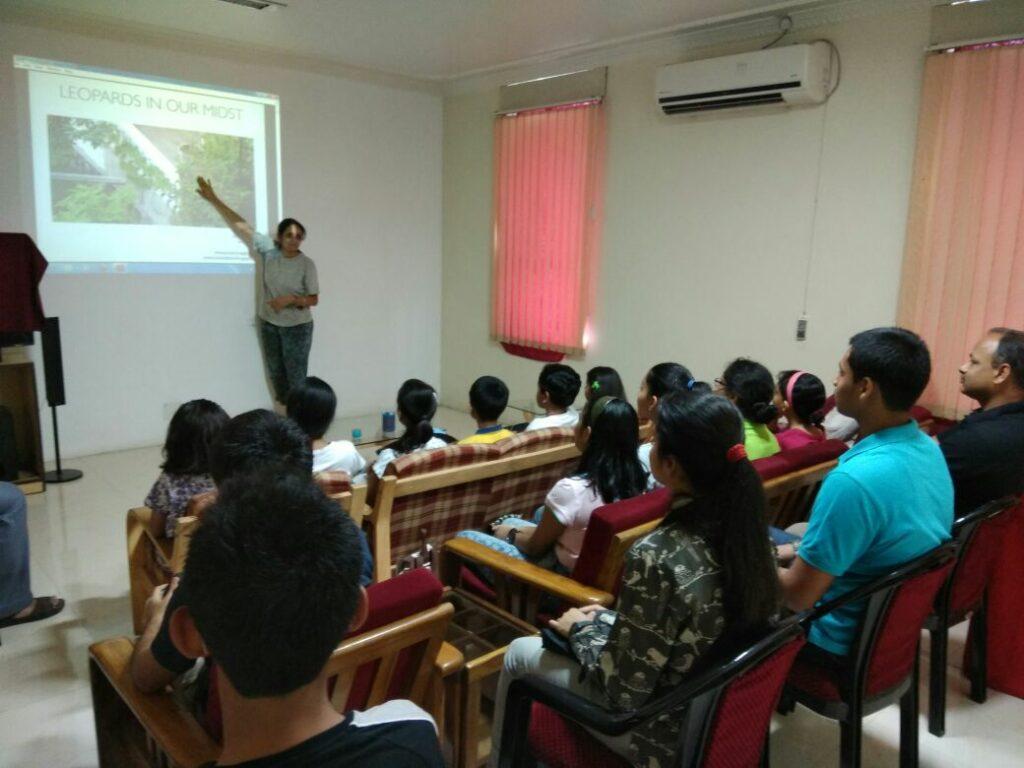
We encouraged conversations about science and nature-related activities through an intersectional lens, where the children could learn about diverse topics, such as pyroclastic flow in volcanoes, panspermia, life of prehistoric humans, the Titan Arum, difference between traditional morphological taxonomy and genomic taxonomy, sabre-toothed cats, dinosaurs, snow leopards, musk deer, mushrooms, mimicry and aposematism in butterflies, global, etc. Some of our members have learned to edit Wikipedia. Our club trip biodiversity recordings get recorded on iNaturalist or eBird. Once we restart our physical activities, our future plans include out of station and overnight trips with trekking and camping.
Have you encountered a significant challenge as a bird/nature educator, how did you overcome it?
One challenge that I faced was helping children overcome their fear of snakes, spiders and insects, ingrained in them by society. We did this through gentle and safe handling of guinea pigs and rabbits in the school menagerie, and later pill bugs, harmless millipedes, and on one occasion a non-venomous snake in a snake park which permitted it.
For overcoming the fear of snakes, I first spoke to them about snakes, their diversity, common snakes, and their natural history. We looked through snake guides (such as Neelimkumar Khaire, or Captain & Whitaker). They were taught where snakes are likely to be found, how to reduce interactions, the proper way to be cautious, and safe practices. We discussed issues related to handling snakes as a last resort for the safety of snakes and humans.
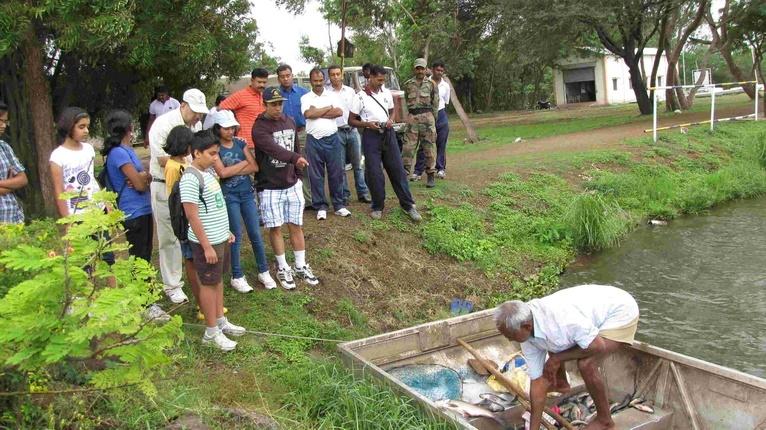
We encouraged using common sense instead of resorting to panic; to reason rather than to fear. We talked about snakebite and what to do if bitten. We discussed the WHO 2017 Snakebite response protocol and even made a poem about it called “Do It Right”. We talked about the Big Four venomous snakes, about antivenin, the Golden Hour, and the need to evacuate patients immediately to hospital eschewing traditional medicine remedies.
Later, I took them to a snake park. There we stood in front of each exhibit for quite long, observed what the exhibited reptile was doing, explored various issues, and celebrated each creature’s special qualities. We rescued snakes. All these helped the children develop a healthy, rational response to snakes, overcoming their fears.
Do share any memorable moment or experience you have had in teaching kids about birds/nature. Can you recall any insightful instance that shaped your perspective?
Certain memories stand out in the large number of club trips from 1993 to 2017. The prevailing sentiment is the broad river of happy emotions from children exploring the outdoors and enjoying themselves learning about nature. The first time I felt it was when I took my friends’ children, along with my own, for birdwatching and nature for the very first time in Mhow in 1993.
When we all moved to Wellington from Mhow, the same kids joined me for nature outings in the richer tapestry of the Nilgiris. That’s when my nature club began. In 2008, when I was posted to the College of Military Engineering in Pune, our club took its name from the most prominent bird in the campus wetlands, the Painted Stork.
We often took visitors around our wetlands to assist them in their searches, for dragonflies, scorpions, and freshwater sponges. The sight of a hyena running parallel to us on the other side of the rowing channel. A friend handling a Russell’s Viper, thinking it a baby python. Our club’s “Reptile Rescue Squad” was called out often to rescue wolf snakes, keelbacks, cobras, Russell’s vipers, and once a softshell turtle. These are documented here, here, and here. The child/children accompanying me assisted me from far away by carrying the equipment, cordoning off the area, educating the watchers about snakes and such tasks. The safety of the snake was paramount. In 2017, our club was awarded the prestigious Sparrow Award in the category of nature clubs.
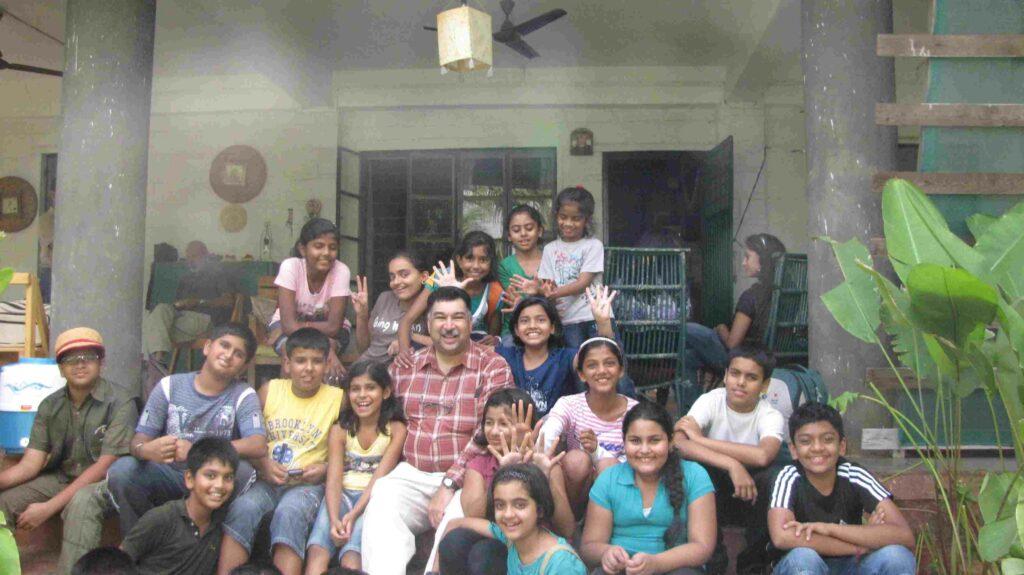
Have you noticed any changes in your learners after they received exposure to birds and nature-based learning? If yes, what are they? If not, why do you think that is?
Children are individuals with different interests, qualities and opportunities. Some children soak up knowledge like a sponge; others disinterestedly sojourn with little impact. A few attended too few sessions to be profoundly affected. Some outgrew their earlier interests. And that’s okay. The majority of the children found it enjoyable, deeply interesting, even satisfying. They enjoyed the focussed attention from an avuncular adult. They loved exposure to a new form of knowledge and experience. They felt empowered and capable.
In my personal opinion, they blossomed over their peers because being with nature developed different capabilities and aspects. Many of these children are still in touch with me nowadays. They remember me as a friendly figure, and someone whom they can have a frank conversation on with all issues. A few of them have gone on professions related to nature and environment.
Now young adults are more informed about issues, such as climate change, COVID-19, culling of feral and invasive species, captive animals, and the problems of industrial agriculture and animal husbandry. They are empathic to all aspects of environment welfare and living creatures; some have turned vegetarian or vegan of their own choice. All in all, better citizens and better human beings.
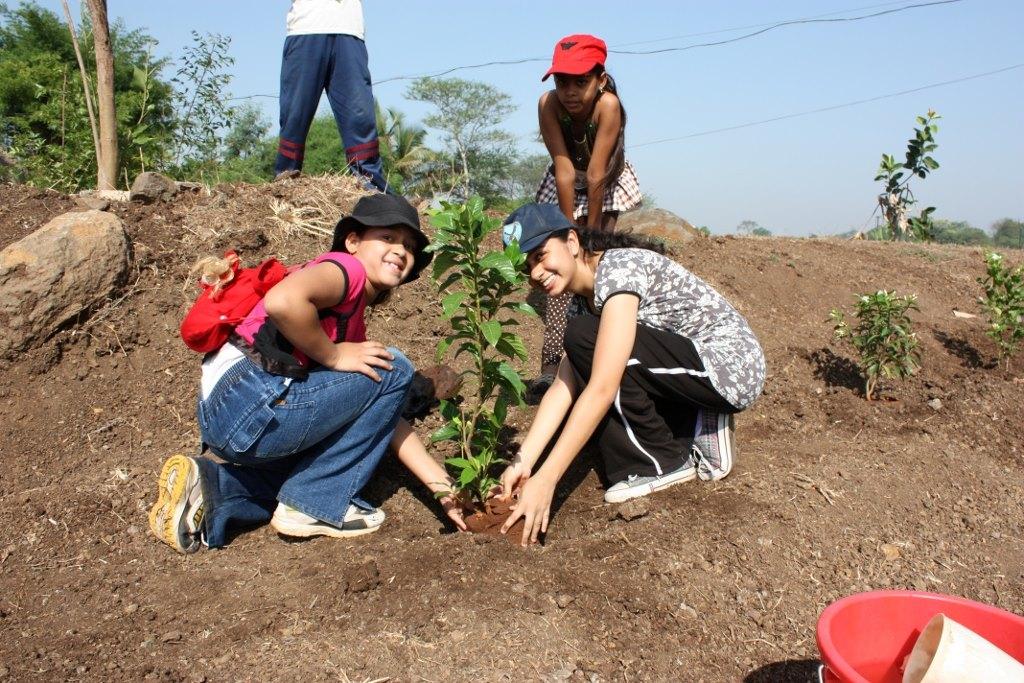
What message would you have for your fellow educators, or somebody starting out in their nature education journey?
It’s most important to provide a safe space for children — both online and offline –physically and psychologically. Only children, adults and parents that I know personally are allowed into the club or our activities. The children can ask any question on any subject, assured that they will get a truthful, thoughtful answer. If I don’t know, I will tell them so. The only taboos are pseudoscience and anti-science attitudes, and they are gently explained through discussions. We need to teach our children how to recognise misinformation, manipulation, logical fallacies — to tell right from wrong.
Importantly, our club is disabled-friendly. Two of our members, who have Duchenne Muscular Dystrophy, cannot participate in field trips because of their medical issues and being in different geographies, but they are fully-accepted Painted Storks who are celebrated for their knowledge, achievements, and online participation. This disabled-friendliness should be a feature in all ventures.

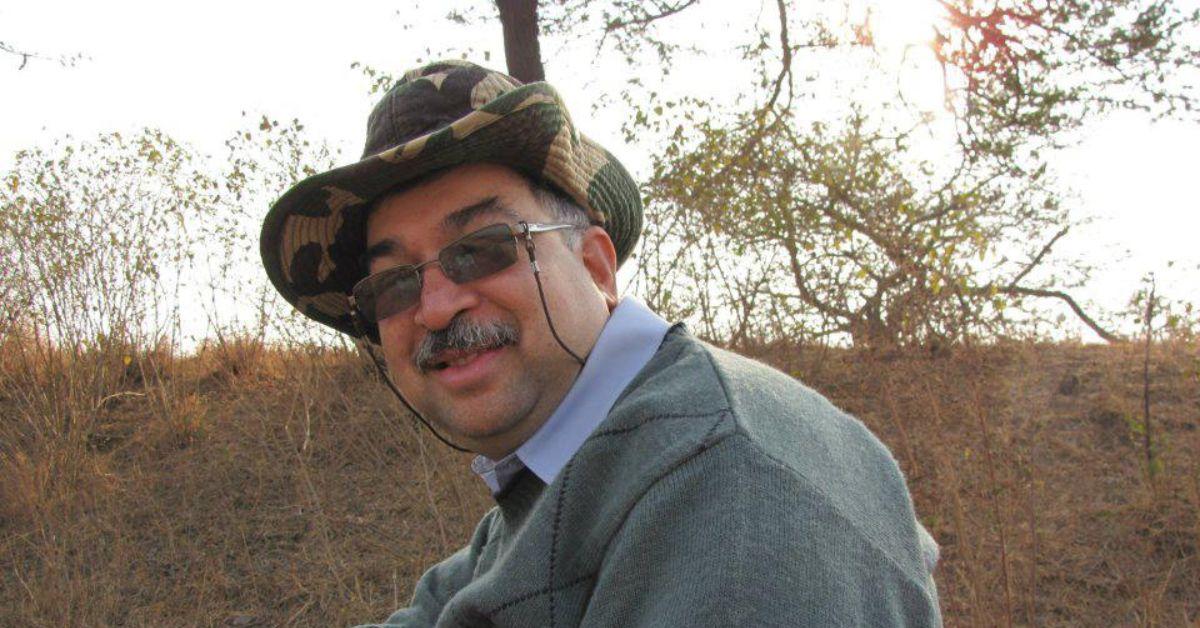
Great work Ashwin! Such a subject of interest is a lifelong passion requiring commitment. Your knowledge is astounding. As an educator you are doing a wonderful job in teaching children about animal life, environment and nature. It must be immensely satisfying for you to see some of your students and club members go into related professions. They have developed the passion for their interests.
Keep up the good work! Many congratulations!
A very informative article. Excellent work being done by Col. Ashwin Baindur to educate kids about nature and birds and the relationships between humans and nature. Such knowledge will encourage the current and future generations to treat our Mother Earth with respect and not pollute it – a good lesson for all!
Good show Ashwin. Good to see you continue to do what you enjoy doing most .A great initiative of introducing nature to the budding environmentalists of tomorrow. More power to you ❣️
Great to see COL Ashwin continuing with his passion for nature and wild life specially in the present materialistic age inspite of all the difficulties he had to go through. My best wishes to Ashwin